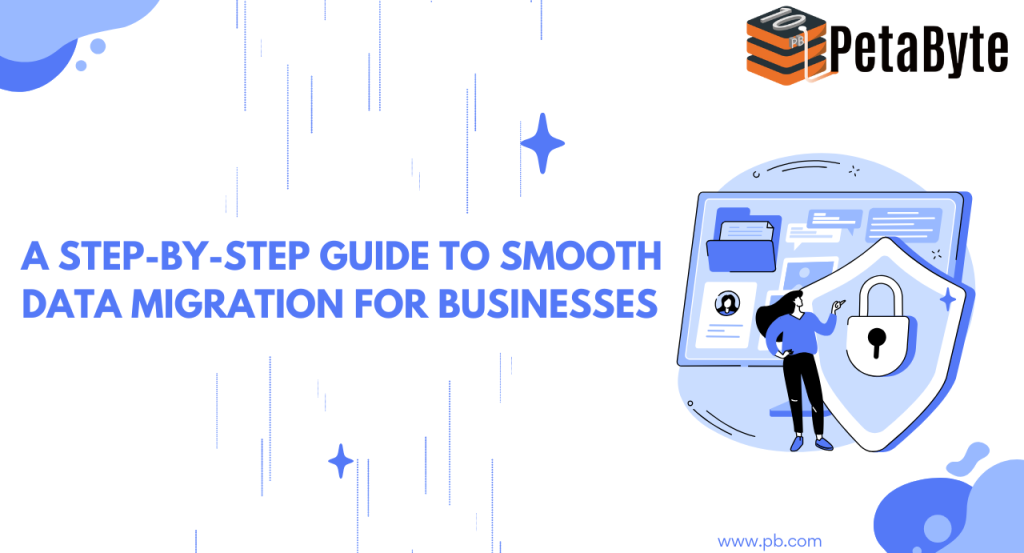Why Data Migration Matters in 2025
Data migration—the act of moving data from one storage type, format, or system to another—is fast becoming mission-critical in the modern enterprise era. With increasing calls for cloud-first strategies, organizations are transforming their infrastructure, politics, and analytics by securely and efficiently migrating sensitive data.
When done right, smooth data migration minimizes downtime, enhances data quality, and lays the groundwork for more sophisticated workflows such as AI, ML, and real-time analytics. However, poor performance can cause data loss, business interruptions, and expensive delays.
In the era of data migration 2025, companies are embracing automation, intelligence, and security as core components of the process. AI-powered data migration is playing a central role in modernizing IT ecosystems.
Here’s a comprehensive, step-by-step guide specifically designed for companies undertaking this process.
Hottest Data Migration Buzzwords You Need to Know
Businesses need to adopt:
- AI-powered data migration: AI does code translation and parity checks automatically, cutting down on errors and timelines.
- Zero-downtime migrations: Two-read/write and staged deployments facilitate smooth transition without business disruption.
- Cloud-first & hybrid models: Moving to public/hybrid clouds lets you scale and supports newer tech like AI and real-time insights.
- ETL/ELT processes: Key functions that ensure data extraction, transformation, and load stay accurate and reliable.
- Data governance & zero-trust security: Keeping control, following rules, and staying dependable during and after the move.
Step-by-Step Process
Step 1: Audit & Assess
- Check your data to figure out amounts, types, links, and quality problems.
Point out data that repeats or is old. - Set clear aims to move—update, cut costs, follow rules, or get ready to analyze.
Step 2: Plan & Map
- Work out the scope and timeline, step by step.
- Draw a map showing where data comes from and where it goes.
- Make plans to go back, avoid risks, and list what you’ll need
Step 3: Tool Selection & Strategy
- Choose your tools: ETL tools to move data structures (like dbt, Airflow), and AI helpers.
- Set up a plan: All at once (Big Bang) vs. Step-by-step vs. No-downtime dual-read/write for smooth data migration.
Step 4: Get Ready to Move
- Clean and standardize data.
- Back up everything to stay safe.
- Create ETL pipelines and scripts to change data.
- Build staging areas.
Step 5: Try It Out
- Run tests and mock-ups to spot issues before the actual move.
- Check mappings, structure, integrity, and how well it works.
Step 6: Execute Migration
- Begin extraction → transformation → loading (ETL/ELT) into the target.
- If “big bang,” migrate in one phase; if phased, move module by module.
- Zero‑downtime? Permit dual-read/write for parallel use — key for smooth data migration.
Step 7: Validate & Verify
- Use automated parity checks (AI-powered data migration approach) to ensure 100% accuracy of data.
- Manual edge-cases are run.
- Performance and compliance goals are ensured.
Step 8: Cutover & Optimize
- Point users are redirected to the new system.
- Post-migration issues are monitored and resolved.
- Legacy systems are switched off after stable runs.
Step 9: Document & Review
- Every phase is traced—tools, errors, repairs, choices.
- Project assessment is carried out and learnings are emphasized.
Step 10: Ongoing Governance
- Impose data governance procedures with metadata, access, and security.
- Schedule periodic audits and monitor constantly.
4. Why This Works: Business Benefits
- No business interruption with parallel dual-read/write approach ensures smooth data migration.
- Increased data integrity and quality from automatic as well as manual validation.
- Quicker to market since AI-powered data migration speeds up code conversion and parity checking.
- Enhanced security via zero-trust models and governance.
- Scalability ready to adopt AI, analytics via cloud infrastructure for data migration 2025 success.
Case Story: AI-Powered Migration in Action
A leading retail business used AI-powered data migration tools in 2024 to auto-convert ETL scripts between platforms. Automated validations guaranteed 100% data consistency, allowing them to perform a 5 TB smooth data migration with no downtime in two weeks.
Final Thoughts
Data migration is no longer merely an IT activity—it’s a strategic accelerant. With cloud-first design, AI-powered data migration, zero-downtime approaches, and robust governance, organizations can transition effortlessly, avoid risks, and achieve next-gen agility and analytics in 2025 and beyond.
Whether you are modernizing, consolidating, or expanding your data architecture, embracing smooth data migration practices ensures sustainable success in the world of data migration with 10 PB which is powered by Netforchoice.

